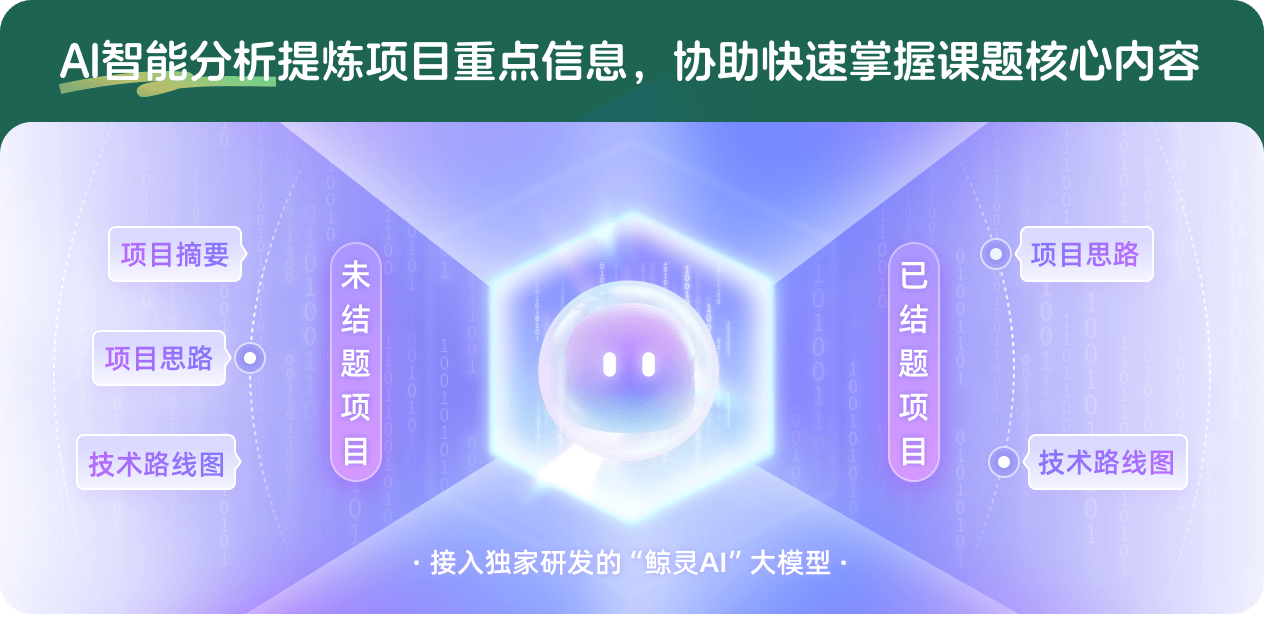基于GW近似的二维材料多体效应计算方法研究
项目介绍
AI项目解读
基本信息
- 批准号:11804015
- 项目类别:青年科学基金项目
- 资助金额:25.0万
- 负责人:
- 依托单位:
- 学科分类:A2004.凝聚态物质电子结构
- 结题年份:2021
- 批准年份:2018
- 项目状态:已结题
- 起止时间:2019-01-01 至2021-12-31
- 项目参与者:甘立; 穆冠宇; 王峥; 唐宏哲;
- 关键词:
项目摘要
Since the discovery of graphene materials, new types of 2D materials have emerged, including transition metal sulfides and monolayers of black phosphorus, which with their special electrical and optical properties have attracted the attention of researchers from all of the world. The main source of its characteristics is the strong many-body effect caused by the reduction of dimensions. The gold standard for calculating material many-body effects is the GW method. However, this method is too computationally expensive to calculate two-dimensional materials, making it difficult to study. At present, the two acceleration methods proposed for this problem, that is, the low-order expansion analysis method and the special sampling method, are expected to solve the above problems. The main research goal of this project is to compare and study the reliability and universality of two newly proposed accelerating methods in detail and the advantages and disadvantages of the two methods or to use the three-dimensional computing method on the parameter sets in which there’s error cancellation to do the two-dimensional material research. Furthermore, the many-body effect of two-dimensional material will be calculated to a deeper iteration under the framework of GW, revealing a more profound many-body effect and laying a foundation for the research and design of two-dimensional material electronic and optical devices.
自石墨烯材料发现以来,新型二维材料不断涌现,包括过渡金属硫化物,单层黑磷等,他们以其特殊的电学和光学特性吸引着各界研究者的目光。而其特性的主要来源就是因维度降低而导致的强烈多体效应。计算材料多体效应的黄金标准是GW方法。但该方法在计算二维材料时计算量过大使得其研究难以进展。目前针对该问题提出的两种加速方法即低阶展开解析式方法和特殊抽样法有望解决上述问题。本项目主要的研究目标就是详细比较研究两种新提出的加速方法在更大范围内的可靠性和普适性以及两种方法的优劣,或者通过误差相消的参数集采用三维计算方法对二维材料展开研究。进而,将二维材料的多体效应计算到GW框架下更深层次的迭代,从而揭示更为深刻的多体效应,为二维材料的电子和光学器件的研究和设计打下基础。
结项摘要
随着二维材料和其新奇特性被广泛关注,其电子结构尤其是能带以及光吸收谱等性质的计算成为了重点。使用库仑截断加密集K点分布采样的方法一直以来在处理三维材中有着不错的表现但在二维材料计算中却因为收敛速度太慢而遭遇瓶颈。本项目采用新近提出的低阶展开解析式法和特殊抽样法对二维材料的激发态电子结构进行了计算,并且详细探究了低阶展开解析式法的适用条件、收敛参数使用范围、以及该方法和其他内嵌于GW方法计算时的近似方法的兼容型,详细分析了二维介电常数随着真空层厚度和应变的关系,尝试对比了低阶展开解析式法和特殊抽样法在GW计算和GW+BSE的异同,为后续在二维材料上更大规模的激发态电子结构计算奠定了基础。
项目成果
期刊论文数量(0)
专著数量(0)
科研奖励数量(0)
会议论文数量(0)
专利数量(0)
数据更新时间:{{ journalArticles.updateTime }}
{{
item.title }}
{{ item.translation_title }}
- DOI:{{ item.doi || "--"}}
- 发表时间:{{ item.publish_year || "--" }}
- 期刊:{{ item.journal_name }}
- 影响因子:{{ item.factor || "--"}}
- 作者:{{ item.authors }}
- 通讯作者:{{ item.author }}
数据更新时间:{{ journalArticles.updateTime }}
{{ item.title }}
- 作者:{{ item.authors }}
数据更新时间:{{ monograph.updateTime }}
{{ item.title }}
- 作者:{{ item.authors }}
数据更新时间:{{ sciAawards.updateTime }}
{{ item.title }}
- 作者:{{ item.authors }}
数据更新时间:{{ conferencePapers.updateTime }}
{{ item.title }}
- 作者:{{ item.authors }}
数据更新时间:{{ patent.updateTime }}
其他文献
YAlO3的体色与缺陷平衡的关系(英文)
- DOI:--
- 发表时间:2016
- 期刊:无机化学学报
- 影响因子:--
- 作者:刘勇;刘天慧;毕淑娴;安炜;李国宝;田光善;焦桓;荆西平
- 通讯作者:荆西平
其他文献
{{
item.title }}
{{ item.translation_title }}
- DOI:{{ item.doi || "--" }}
- 发表时间:{{ item.publish_year || "--"}}
- 期刊:{{ item.journal_name }}
- 影响因子:{{ item.factor || "--" }}
- 作者:{{ item.authors }}
- 通讯作者:{{ item.author }}

内容获取失败,请点击重试

查看分析示例
此项目为已结题,我已根据课题信息分析并撰写以下内容,帮您拓宽课题思路:
AI项目摘要
AI项目思路
AI技术路线图

请为本次AI项目解读的内容对您的实用性打分
非常不实用
非常实用
1
2
3
4
5
6
7
8
9
10
您认为此功能如何分析更能满足您的需求,请填写您的反馈:
相似国自然基金
{{ item.name }}
- 批准号:{{ item.ratify_no }}
- 批准年份:{{ item.approval_year }}
- 资助金额:{{ item.support_num }}
- 项目类别:{{ item.project_type }}
相似海外基金
{{
item.name }}
{{ item.translate_name }}
- 批准号:{{ item.ratify_no }}
- 财政年份:{{ item.approval_year }}
- 资助金额:{{ item.support_num }}
- 项目类别:{{ item.project_type }}




















